Parts
What Do The Different Gears On a Bike Mean?
Cycling is a fantastic form of exercise and transportation. It’s not just about the ride; it’s about the experience. One crucial aspect of cycling that every rider should understand is the bike’s gears. Gears play a vital role in how smoothly and efficiently you can navigate different terrains. In this comprehensive guide, HookBike’s will delve into the intricacies of bike gears, demystifying the jargon and helping you understand what do the different Gears on a bike mean, and how to use them effectively.
The Basics of Bike Gears
Before we dive into the specifics of bike gears, it’s essential to grasp the fundamental concepts. Gears on a bike are responsible for altering the effort required to pedal and the speed at which you move. They consist of a combination of front and rear gears, and knowing how to use them optimally can significantly enhance your cycling experience.
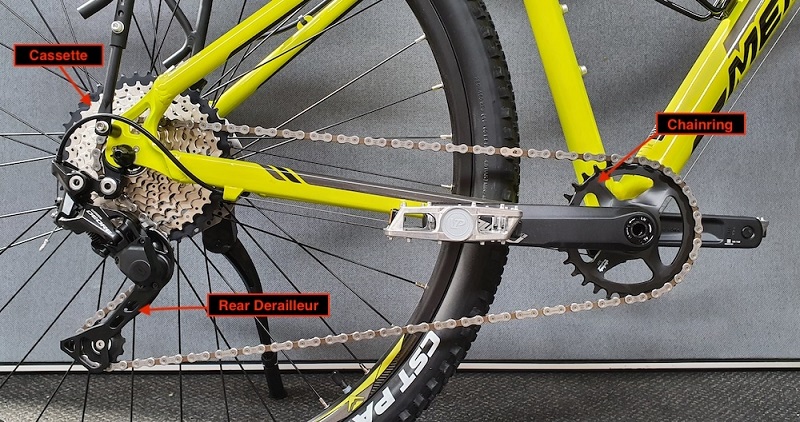
What Do The Different Gears On a Bike Mean?
Gears on a bike are an essential part of its drivetrain system, allowing riders to vary the effort required to pedal and control their speed. Bikes typically have multiple gears, which can be adjusted to make riding easier or harder depending on the terrain, your fitness level, and the speed you want to achieve. The main components involved in changing gears on a bike are the front and rear derailleurs, which move the chain between different-sized chainrings and cogs. Here’s what the different gears on a bike mean:
Chainrings (Front Gears):
- The front gears are known as chainrings. Most bikes have two or three chainrings, with two being the most common on road bikes.
- The smaller chainring is usually referred to as the “small ring” or “granny gear,” while the larger one is called the “big ring.”
- Shifting between the chainrings at the front helps you make significant changes in your pedaling effort.
Cogs (Rear Gears):
- The rear gears are called cogs or sprockets. Bikes can have anywhere from 5 to 12 or more cogs on the rear wheel, and they vary in size.
- Smaller cogs are harder to pedal in, while larger cogs make pedaling easier.
- Shifting between the cogs at the rear allows for fine-tuning your pedaling effort.
Gearing Terminology:
- “Low Gear” or “Easy Gear”: Refers to the combination of using the smaller chainring in the front and a larger cog in the rear. This makes pedaling easier and is ideal for climbing steep hills or riding at a slow speed.
- “High Gear” or “Hard Gear”: Involves using the larger chainring in the front and a smaller cog in the rear. This provides a harder pedaling effort and is suitable for achieving high speeds on flat terrain or downhill.
When riding a bike, you adjust the gears to maintain an appropriate cadence (pedal revolutions per minute) and avoid straining your legs. The goal is to find the right balance between your pedaling effort and speed, which varies depending on the terrain and your personal preferences.
To shift gears on a bike, you typically use shifters on the handlebars. The left shifter controls the front derailleur, which moves the chain between the chainrings, while the right shifter controls the rear derailleur, which moves the chain between the cogs. Experiment with different gear combinations to find what works best for your specific riding conditions.
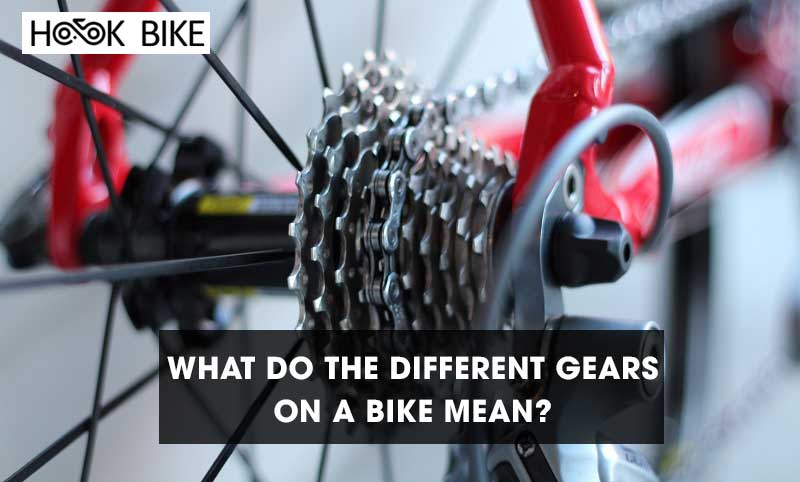
How does Gears On a Bike work?
Gears on a bike work by adjusting the mechanical advantage between the pedals and the wheel, making it easier or harder to pedal based on the terrain, your riding speed, and your preferences. The main components involved in changing gears on a bike are the front and rear derailleurs, which move the chain between different-sized chainrings and cogs. Here’s how they work:
Gear Ratios and Their Significance
Now that we’ve identified the key components let’s discuss gear ratios and their role in your cycling experience. A gear ratio is a numerical representation of how the chainring and cog sizes interact. It’s usually expressed as a fraction, like 3/2 or 2/1. Understanding these ratios is crucial for efficient cycling.
Gear Ratio Calculation
To calculate the gear ratio, you need to divide the number of teeth on the chainring by the number of teeth on the cog. For instance, if you have a 30-tooth chainring and a 15-tooth cog, your gear ratio is 2/1. This means that for every full rotation of the pedals, your rear wheel turns twice.
See more: Which gear to use when going uphill bicycle?
High vs. Low Gear Ratios
High Gear Ratio (or High Gear): When the chainring has more teeth than the cog (e.g., 50/10), it results in a high gear ratio. High gears are excellent for achieving high speeds on flat surfaces and downhill stretches. They require less pedaling effort but are challenging to use on uphill terrains.
Low Gear Ratio (or Low Gear): Conversely, when the chainring has fewer teeth than the cog (e.g., 30/30), it results in a low gear ratio. Low gears are ideal for uphill climbs and challenging terrains. They provide mechanical advantage, making it easier to pedal, but at the expense of speed.
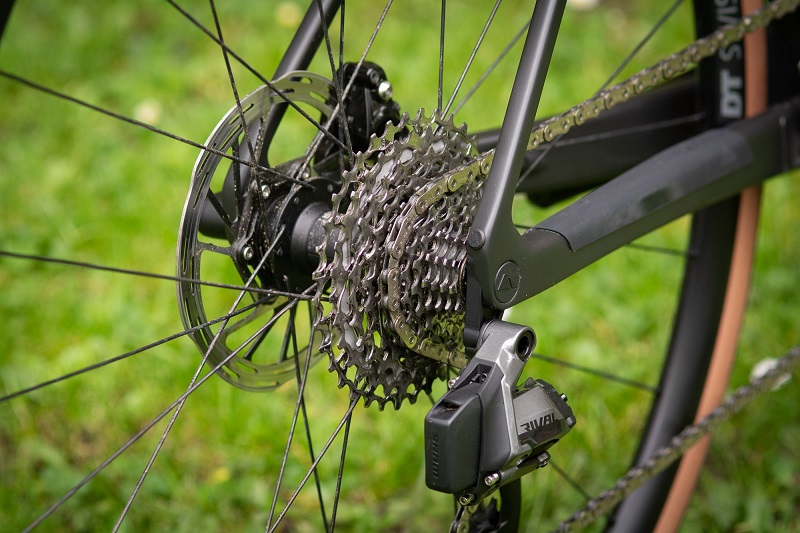
The Different Gears on a Bike
Let’s explore the different gears on a bike and their practical applications:
Low Gears (Small Chainring, Large Cog)
Hill Climbing: When you encounter steep inclines or challenging hills, shifting to low gears (small chainring, large cog) is the way to go. This configuration provides you with the mechanical advantage needed to pedal efficiently uphill.
Starting from a Stop: Low gears are also handy when you’re starting from a complete stop, such as at a traffic light. They allow you to accelerate gradually without exerting excessive force.
High Gears (Large Chainring, Small Cog)
Speed and Downhill Descents: High gears are designed for speed. When you’re on flat terrain or heading downhill, shifting to high gears (large chainring, small cog) enables you to achieve maximum velocity with minimal pedaling effort.
Maintaining Momentum: High gears are excellent for maintaining momentum once you’ve built up speed. They reduce the need for rapid pedaling and help you coast along smoothly.
Mid-Range Gears (Combination of Chainrings and Cogs)
Balanced Riding: Mid-range gears provide a balance between speed and effort. They are suitable for cruising on moderately flat terrain or when you need a comfortable pace without excessive strain on your legs.
Tailoring to Terrain: You can shift between chainrings and cogs to fine-tune your gear ratio according to the specific terrain you’re navigating. This adaptability is especially useful during long rides with varying conditions.

How to Shift Gears Effectively?
Shifting gears on your bike is a skill that improves with practice. Here are some essential tips for effective gear shifting:
Anticipate Terrain: Before you encounter changes in terrain, assess whether you need to shift gears. If you see a hill ahead, shift to a lower gear in advance to make the climb more manageable.
Use a Light Pedal Stroke: When shifting, reduce the pressure on the pedals. This minimizes the risk of damaging the chain or gears and ensures a smoother transition.
Maintain a Steady Cadence: Cadence refers to the number of pedal strokes per minute. Aim for a consistent cadence that feels comfortable. Shifting gears should help you maintain this cadence.
Avoid Cross-Chaining: Cross-chaining occurs when the chain is positioned at extreme angles, such as the big chainring and the largest cog or the small chainring and the smallest cog. This can cause excessive wear and noise. To prevent cross-chaining, use a larger chainring with larger cogs and a smaller chainring with smaller cogs.
Practice: The more you ride and shift gears, the more intuitive it becomes. Experiment with different gear combinations to understand how they affect your performance.
See more: Do you shift gears while pedaling?
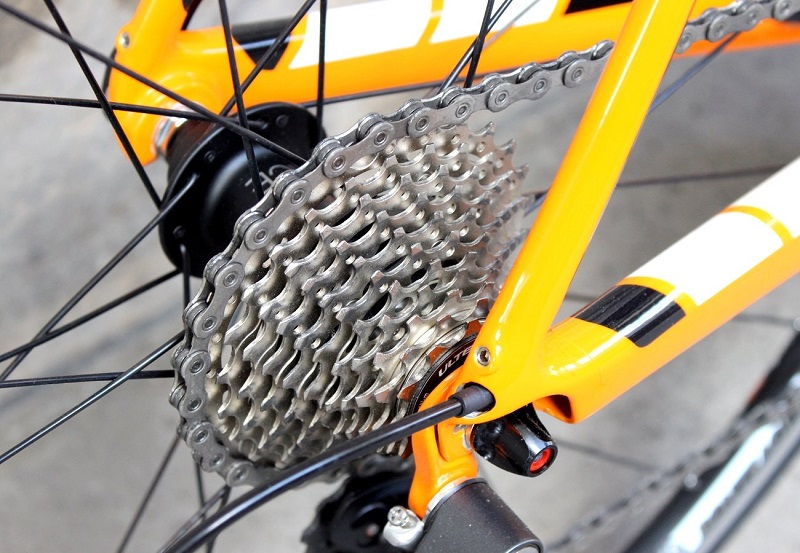
Common Misconceptions About Bike Gears
There are several misconceptions about bike gears that we need to address:
Misconception 1: More Gears Are Always Better
It’s a common belief that a bike with more gears is superior. While having more gears can provide a wider range of options, the number of gears alone doesn’t determine the bike’s performance. The quality of the components and the rider’s ability to use them effectively are equally important.
Misconception 2: Always Use the Smallest Gear for Climbing
While it’s true that low gears are suitable for climbing, it’s not always necessary to use the smallest gear. The choice of gear depends on the steepness of the hill and your personal comfort. Experiment with different gear combinations to find what works best for you.
Misconception 3: Cross-Chaining Is Always Bad
Cross-chaining is generally discouraged to prevent excessive wear on your bike’s components. However, there may be situations where cross-chaining is unavoidable. As long as you do it sparingly and avoid extreme angles, it won’t cause immediate damage.
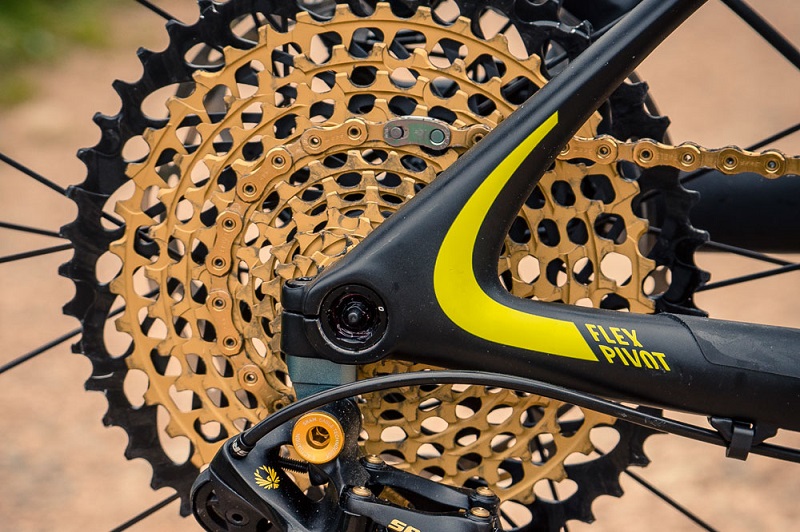
Maintenance and Care
Proper maintenance of your bike’s gears is essential to ensure their longevity and performance. Here are some tips for keeping your gears in top shape:
- Regular Cleaning: Clean your chain and cogs regularly to remove dirt, grime, and old lubricant. A clean drivetrain operates more smoothly.
- Lubrication: Apply a suitable chain lubricant to keep the chain running smoothly. Be sure to wipe off any excess to prevent attracting dirt.
- Check for Wear: Periodically inspect your chain, chainrings, and cogs for signs of wear. If you notice worn teeth or a stretched chain, consider replacing the components.
- Professional Service: For more extensive maintenance, it’s advisable to take your bike to a professional mechanic who can fine-tune your gears and ensure they’re in excellent working condition.
Conclusion
Understanding the different gears on a bike and how to use them effectively is crucial for an enjoyable and efficient cycling experience. Whether you’re conquering steep hills or cruising along flat terrain, the ability to shift gears appropriately can make a significant difference in your ride. Remember that gears are not about simply going faster or slower; they’re about maintaining an optimal cadence and adapting to the changing landscape.

